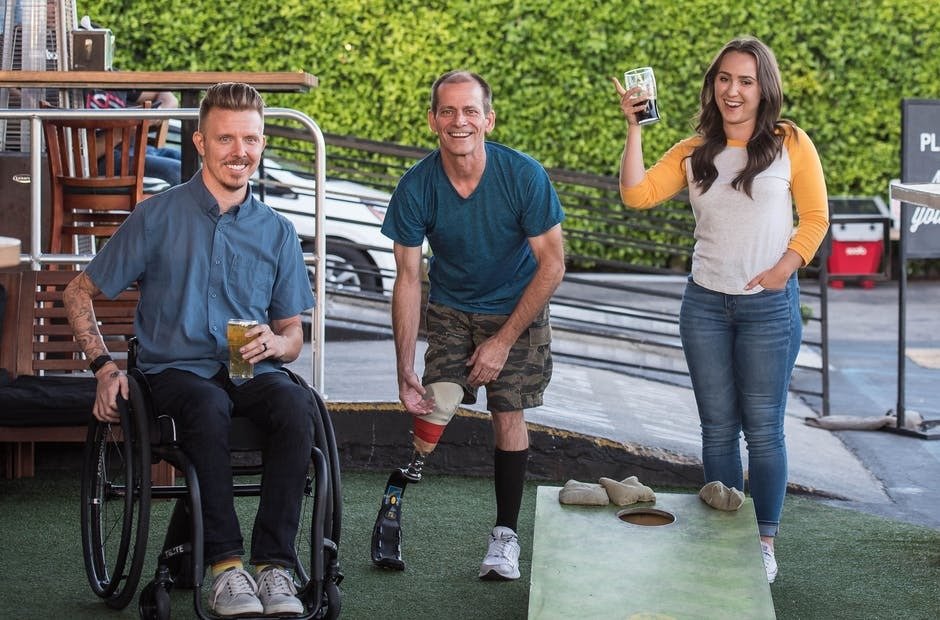Take Advantage of Artificial Limbs to Feel and Looking Real

Today's modern prosthetics and orthotics industry has become a $3.7 billion industry in the United States alone. Due to the overwhelming demand for these devices, many medical institutions are now outsourcing their prosthetic and orthotics needs. This trend has prompted many hospitals across the country to develop their own prosthetics and orthotics departments.
The prosthetics and orthotics industry is an expanding, multi-billion dollar industry. With the aging population on the rise, more people are now living with conditions that once were limited to the elderly. As these medical conditions increase, the number of people requiring prosthetics and orthotics is also on the rise. Today, the Prosthetics and Orthotics Service in HSS have a comprehensive, multi-specialty facility able to fit, manufacture, construct, modify, and deliver custom prosthetics and orthotics that are specifically tailor-made for any underlying orthopedic requirement. Find out more here about this bionic leg.
Currently, there are six types of prosthetic devices used in the field of medicine: upper extremity muscles (both the upper and lower extremities), lower extremities, upper body/shoulder girdle support, upper body/shoulder brace support, upper limb support, and upper spinal traction. Each of these prosthetic categories is designed to correct or treat a specific condition that typically impacts one, two, or three of the affected extremities. For example, upper extremity support is used to improve mobility and reduce pain in the shoulder and upper back. Body brace supports are often used to mitigate the symptoms of lower body arthritis. Spinal traction is often used to regain movement and function in severely damaged or amputated limbs.
Today's prosthetics and orthotics have come in an incredible variety of sizes, materials, colors, styles, and functions. Most importantly, they are affordable. With advances in material science, manufacturers have become more creative and durable in the creation of prostheses and orthotics and can now achieve a very realistic overall body volume and functional capability. This means that today's prosthesis designs can address a wide range of problems and will perform in a way that seems to mirror the real thing - even down to the smallest detail.
There are many types of artificial limbs available today that can be customized to meet your unique needs and provide improved function and comfort. There are several different types of materials used in prostheses and orthoses ranging from carbon fiber, titanium, fiberglass, plastic composites, carbon nano-tube technology, and thermoplastic polymers to name just a few. You can also find advancements in the types of materials that can be used to achieve different results including a combination of materials to achieve a hard, durable outer shell to decrease friction and allow comfortable movement, or the use of a soft, flexible inner liner that is comfortable to wear but provides superior resistance to strain and abrasion to help with healing and prevent further injury.
Of course, with any type of surgery, there are risks and complications including infection, bleeding, clot formation, necrosis, loss of function, adverse reactions to medications and more. Larger prosthetic devices such as wheelchairs and artificial limbs should always be supervised by expert medical personnel to ensure their proper functioning and safety. With all types of prosthetics and orthotics available today, you can regain mobility and feel natural again. You can visit and get further information from bionics companies Philadelphia.
Get an additional details now at this link -
https://www.dictionary.com/browse/orthotics
